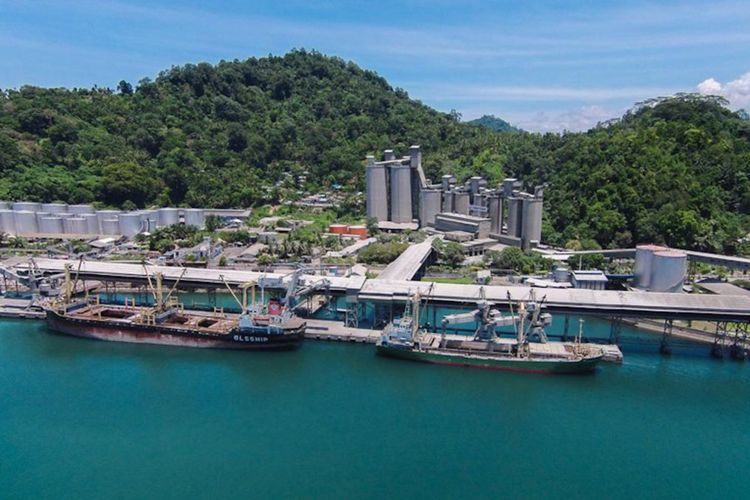The regions around Teluk Bayur and Muara harbors in Indonesia are vibrant with diverse ethnic groups, each contributing to the rich cultural tapestry of the area. These harbors are vital hubs for trade and cultural exchange, leading to a unique blend of communities. Below is an overview of the primary ethnic groups found in these regions:
1. Minangkabau
The Minangkabau people are the dominant ethnic group in the Teluk Bayur and Muara harbor areas. Known for their matrilineal society, where property and family lineage are passed down through the female line, the Minangkabau culture is distinctive in Indonesia. They have a rich tradition of oral literature, dance, and cuisine, with dishes like rendang gaining international fame. The Minangkabau are also known for their unique architectural style, characterized by rumah gadang (large family homes with curved roofs).
2. Javanese
The Javanese community is another significant group in these harbor areas. Migrating for trade and labor opportunities, the Javanese have integrated into the local economy and society. They bring with them a rich cultural heritage that includes traditional music (gamelan), dance (wayang wong), and batik-making, a method of textile dyeing that is recognized by UNESCO as an Intangible Cultural Heritage.
3. Chinese-Indonesians
Chinese-Indonesians have been a part of the Teluk Bayur and Muara harbor communities for centuries, primarily engaged in trade and commerce. This group has a significant influence on the local economy, running businesses ranging from small shops to large enterprises. Their cultural contributions include Chinese New Year celebrations, traditional Chinese medicine, and distinctive culinary influences that blend Chinese and Indonesian flavors.
4. Batak
The Batak people, originating from North Sumatra, also reside in these harbor areas. They are known for their strong traditions in music and dance, as well as their vibrant social structures and communal living. The Batak have a notable presence in the Christian community of Indonesia, with many being members of the Protestant and Catholic churches.
5. Nias
The Nias people, from the island of Nias off the western coast of Sumatra, have a smaller yet notable presence in the Teluk Bayur and Muara harbor regions. Known for their megalithic traditions and unique stone-jumping rituals, the Nias contribute to the cultural diversity of the area. Their skills in wood carving and architecture are also well-regarded.
6. Mentawai
The Mentawai people from the Mentawai Islands are known for their unique body art, which includes intricate tattoos that cover large parts of the body. The Mentawai have a close-knit community structure and maintain many of their traditional practices and animist beliefs. Their presence in the harbor areas adds another layer of cultural depth to the region.
Conclusion
The ethnic diversity in the Teluk Bayur and Muara harbor areas is a testament to Indonesia’s rich cultural mosaic. Each group brings its unique traditions, languages, and customs, creating a dynamic and multifaceted society. This diversity not only enhances the cultural richness of the region but also contributes to its economic vitality through varied trades and enterprises.
















